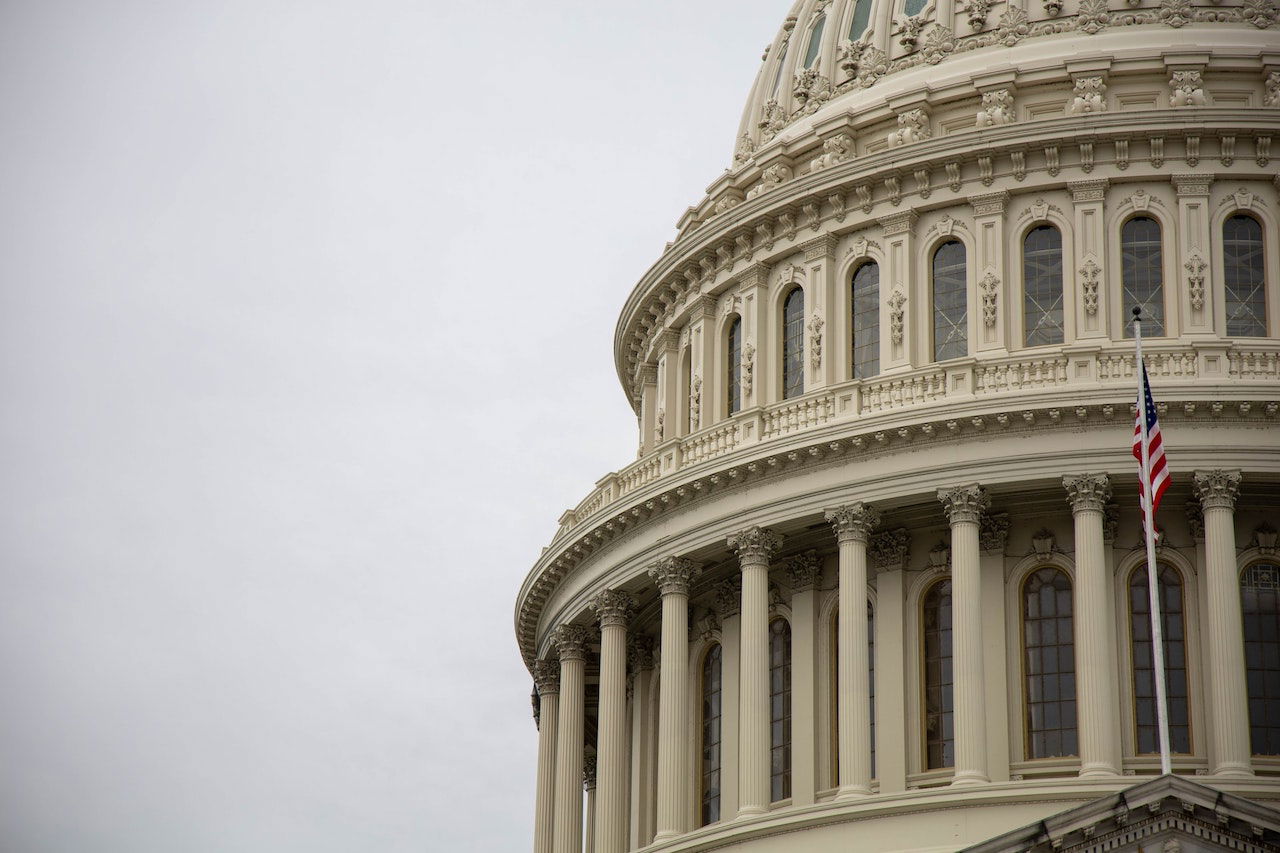Highlights
Conservatives have long blamed welfare policies for a rise in out-of-wedlock childbearing. The academic research on the subject is mixed, but it’s certainly true that (a) a rise in welfare spending starting in the 1960s coincided with a skyrocketing rate of nonmarital births and (b) welfare was structured in a way that facilitated nonmarital childbearing because benefits were available primarily to single-parent households.
Welfare reform was supposed to fix this problem. But what if some parts of it backfired? A newly updated working paper by Robert Moffitt of Johns Hopkins and two coauthors explores the possibility that the reform’s greatest success—moving single mothers off of welfare and into work—might have made those mothers less likely to marry the fathers of their children. It’s an unproven theory as of today, but an intriguing one that deserves more research.
Drawing their data from the Survey of Income and Program Participation, Moffitt et al. look at welfare-eligible mothers in states that implemented various reforms, comparing them, over time, with similar women in other states and women who were not eligible. Unlike most previous research, they consider five different living arrangements: “households with mothers who are married to the biological father of their children, who cohabit with a biological father, who are married to an unrelated male (i.e., a stepfather), who cohabit with an unrelated male, or who are single parents (i.e., no partner).” It’s important to classify households this way because welfare programs make distinctions based on whether a man in the house is related to the children.
Reforms that were specifically designed to affect family structure, such as making it easier for two-parent families to get benefits, didn’t seem to make any difference. Rather, it was the work-focused reforms that had an effect. The authors write that when states enacted a policy making welfare less attractive—such as a work requirement, or sanctions for households that didn’t follow program rules—they saw an increase of a few percentage points in single motherhood and a decrease in moms’ being married to their kids’ dads.1 Interestingly, such policies didn’t have a consistent effect on cohabiting or stepparent arrangements.
What to make of this finding? The authors’ primary theory involves an “independence effect”: as a woman’s own income increases, the economic value of a husband falls. Married men living with their biological children tend to be the most economically successful, so their status might have been hit hardest by women’s new independence. (Apparently, we’re the guys women put up with for the steady paycheck, not the guys women keep around for other reasons.) Heightening this effect is the fact that men’s economic position has grown shakier in recent years; in the authors’ data, married biological dads have seen their position decline more than most, with a growing gap between welfare-eligible and non-eligible men in this group.
As the authors concede, none of their theories are fully satisfactory, and more work is needed. My biggest question is this: Does it really make women more independent of men—not less dependent on the state—to give them aid that’s conditional on them working, as opposed to aid without such a condition? One might think a dependable partner is more valuable when child care needs to be balanced with a work schedule.
A result I found especially odd pertains to the “earnings disregard.” Under welfare reform, states had the option of expanding the amount of income they “disregarded” when calculating how much someone would receive in benefits. This was supposed to be a work incentive: If someone was offered a job, they could take it without losing as much of their benefits as they would have previously.
To me, it seems that if an “independence effect” is what’s going on here, a higher earnings disregard should clearly decrease marriage. It is, after all, a direct subsidy of independence: You can get a job and keep your benefits too. Yet the authors treat it the opposite way—refusing to expand the earnings disregard is coded as the option more likely to make women independent because that’s the option that makes welfare stingier—and their statistical results back them up. A failure to expand the earnings disregard corresponds to reduced marriage and higher earnings for welfare-eligible mothers.
For the time being, it’s best to file this paper away as an interesting possibility that researchers should sort out in the years ahead. (The current version is already much different from the one published in 2015—which emphasized results suggesting a “decrease in single motherhood and an increase in biological partnering”!)2 But if Moffitt and his coauthors are genuinely on to something here, the results could force Americans to choose between two cherished values: marriage and economic independence for welfare mothers.
Robert VerBruggen is a deputy managing editor of National Review. Editor’s Note: The views and opinions expressed in this article are those of the author and do not necessarily reflect the official policy or views of the Institute for Family Studies.
1. The precise results vary depending on the policy being looked at and whether each policy is considered separately or grouped together with others. See Tables 3 and 4 of the paper for more detailed results.
2. Emphasis added, of course.
















